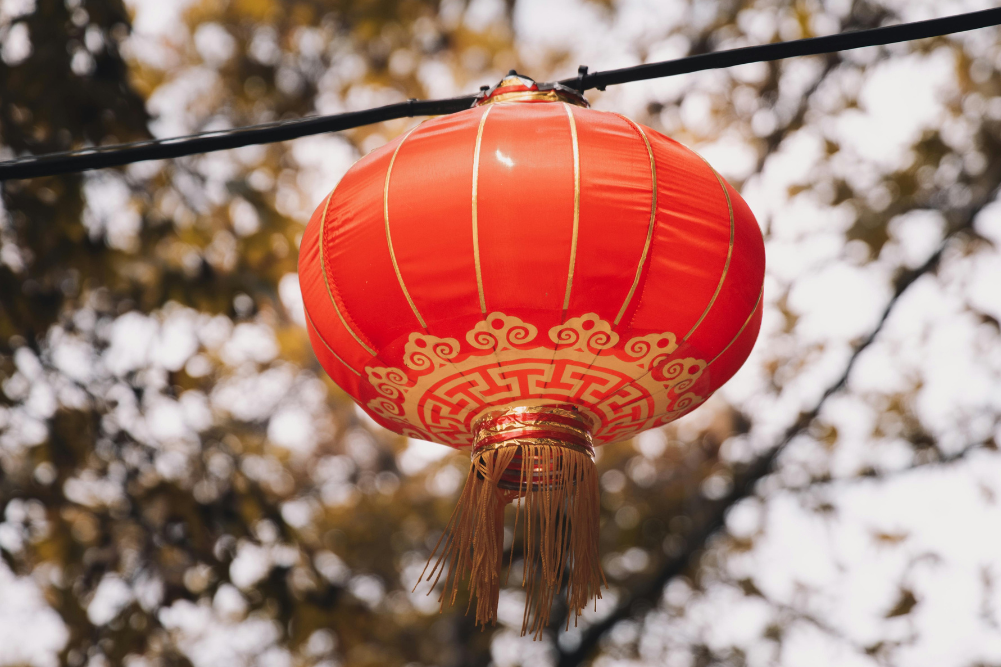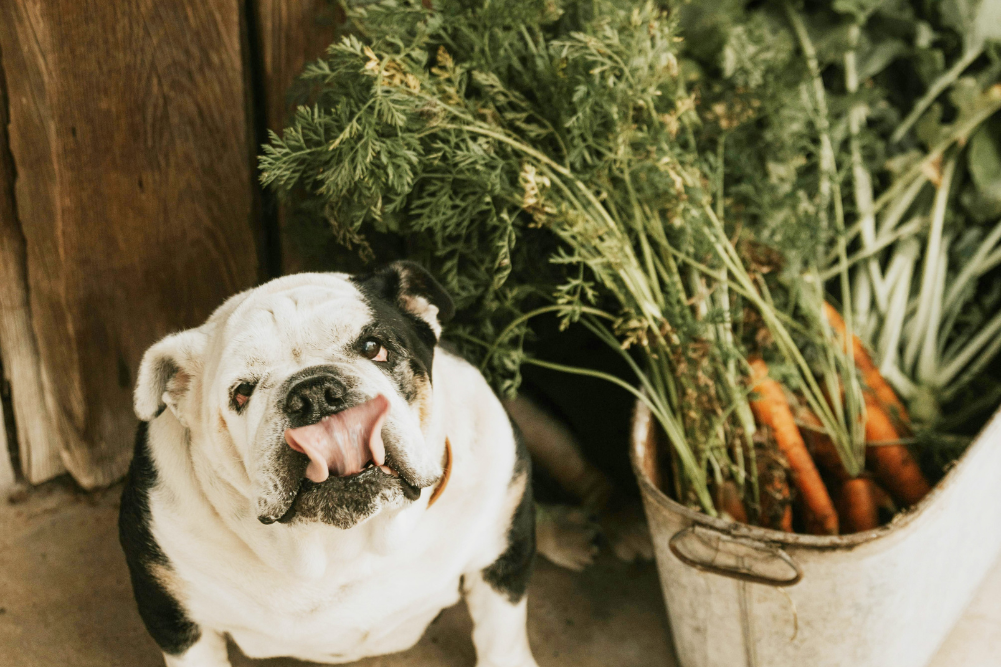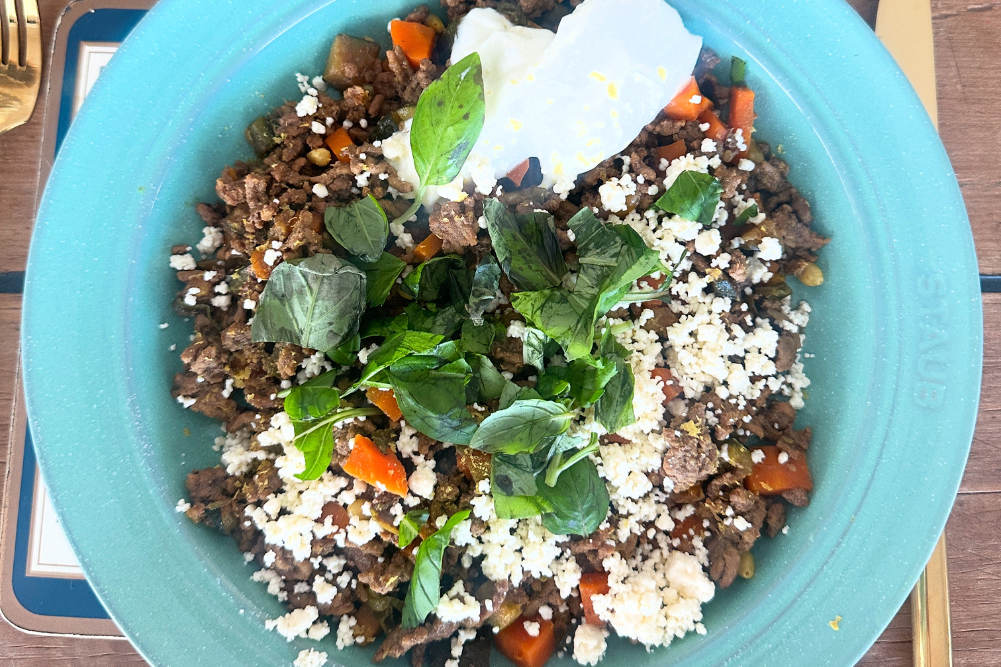Community-based prepping
Society is always at risk of experiencing substantial disruption from external factors, as COVID-19 demonstrated. There are several ways in which disruption could come about:
- Economic collapse, with a recent relatively mild example being the 2007–2008 financial crisis.
- Environmental collapse from the breaching of some of the Stockholm Resilience Centre’s nine planetary boundaries, one of which is climate change.
- A localised natural disaster such as a hurricane, earthquake, flood or bushfire.
- High-tech threats such as cyber attacks.
- Less obviously, the breaching of a tipping point through ever-increasing inequality, technological over-complexity or diminishing energy return on investment (the “net energy cliff”).
Disruption, or less confrontingly “change”, is inevitable. The question is how we cope with it, and community – based approaches can be both palatable and effective.
The mainstream approach to prepping
In recent decades, forces acting on society have gently deterred people from getting together in real life. The nuclear family is valued as a core social unit, and social atomisation is increasingly resulting in single-person households and isolated people. Collective forms of activity, of whatever stripe, are hampered by time scarcity, a strong tendency towards online interaction and spare time that is often spent indoors. Negative news coverage can drive a mistrust or fear of other people that is generally based on inaccurate perceptions.
Frequently the marketplace rather than the community is a deliverer of services. In the words of American thinker Charles Eisenstein, “a privileged person is somebody who in fact doesn’t have or doesn’t need community because they can meet all of their needs with money.” Perhaps he sees this individualist freedom in more of a negative light than a positive one.
Pessimistic views of the future have led to a subculture of prepping, or survivalism, involving preparations for an anticipated future collapse. Not surprisingly, the culture of prepping seems to be more prevalent in the United States than other countries. The series Doomsday Preppers ran on National Geographic Channel from 2011 to 2014 and achieved some of the highest ratings in its history. It was also criticised for being misanthropic and characterised by “absurd excess”. Features of the movement often include:
- Fear, sometimes leaning towards paranoia.
- A common focus on the individual or family, although some other prepping projects are neighbourhood-based and collaborative.
- Fear of scarcity in a collapse, prompting the stockpiling of water, food and seeds.
- A focus on self-defence, weapons and guns.
- Underground bunkers and similar structures.
- Living in rural locations, going off-grid, unplugging from reliance on mainstream institutions and “escaping the Matrix”
Rushkoff’s encounter with the super-rich
Douglas Rushkoff is former tech nerd turned author and technology critic. A few years ago, he posted an article online that exposed survivalist preoccupations among the billionaire community. The piece attracted significant attention and was recently expanded upon in his 2022 book Survival of the Richest.
This began when he was invited to provide advice to a group of five super-wealthy males from the tech investing and hedge fund sectors, at a secret hideaway in the desert. Their preoccupation was to insulate themselves, in the event of a major breakdown or disaster, from the rest of the world and humanity. When it came to building luxury bunkers, they were tossing up between Alaska and New Zealand, with both places sharing isolation, relative political stability and temperate climates in the event of extreme
climate change. Personal security teams were another concern, especially the pointed question of how to retain their loyalty in an extreme scenario where the economy has collapsed and money is valueless.
A community response
In response to these questions, Rushkoff put forward what he called “pro-social arguments for partnership and solidarity”. A grassroots community-based response to potential threats is messier and more complicated than operating as a separate individual, but also probably more effective. Nearly everything a community can do to become more resilient has sustainability benefits too and is likely to be enjoyable and rewarding.
If things were to go pear-shaped, living in an ecovillage is perhaps the ideal situation, given that these are more collectively focused and self-sufficient, helping them to withstand possible shocks. Yet more than 99 per cent of Australians live in other settings, primarily the suburbs.
Rural acreages work well for food production but would face challenges due to their geographically dispersed populations when it comes to mutual aid, shared resources and group strategies.
In the event of a real challenge to society, the modern culture around freedom, choice and voluntarism may need a radical rethink. Relying on your neighbours might have no opt-out clause. A graphic example of this occurred in the 2022 Lismore mega-flood in New South Wales, when the State Emergency Service was completely overwhelmed, but a flotilla of small boats rescued hundreds of people who were trapped in ceiling cavities or on rooftops.
A core issue is resilience, defined as an ability to effectively withstand adversity, trauma and setbacks. Collective resilience has risen to prominence in the face of natural disasters that are becoming more common due to climate change. Allied with this is capacity- building, where people choose to enhance their abilities, including at an interpersonal level, thereby helping community endeavours to succeed.
Transition towns and sustainable streets
Several models offer insight into community bonding for resilience goals, and one of these is the international transition towns movement. Originated by permaculture designer Rob Hopkins in the 2000s, it was launched in the British town of Totnes in 2006. The idea involves pursuing a grassroots response to the twin challenges of oil depletion and climate change, and early efforts involved the creation of Energy Descent Action Plans that prepared for a ramping down of energy consumption in response to peak oil.
A number of places in Australia and New Zealand signed up, including suburbs and cities. Activities pursued by participating places have included increasing the quantity of local food production, printing local currency notes, launching local social businesses and setting up repair cafés. The outcomes of such projects include making one’s surroundings more self-sufficient, more localised and more sustainable.
Similar to the transition town model, but even more locally focused, was Sustainability Street, a now- discontinued initiative launched in Melbourne in 2003. Using the catchphrase “It’s a village out there”, this involved councils signing up to participate, and the residents of streets within those local government areas putting up their hands to join. Households positively tweaked their environmental behaviour, and launched small initiatives such as community gardens, buying a shared lawnmower and pooling books to create a mini online lending library. Its organisers described Sustainability Street as “capturing the local street party spirit and giving it meaning and a sense of destiny and achievement.”
Retrosuburbia
The suburbs traditionally have a reputation for being unsustainable places, and to help change that David Holmgren created a model and a movement called Retrosuburbia. Holmgren is best known for being the co-originator of permaculture, alongside the late Bill Mollison. Permaculture is a set of design principles based on whole-systems thinking that are most commonly applied to home food cultivation. It has a lot to offer community-based preppers and can be adapted to suburbs in addition to rural acreages.
Retrosuburbia is primarily focused on the individual household but does also look at the “social permaculture” of community connections. Holmgren’s nearly 600-page accompanying book Retrosuburbia: The Downshifter’s Guide to a Resilient Future, serves as the bible. There is also a Retrosuburbia Facebook group with more than 22,000 members.
Community food
Beyond backyard cultivation for household use, there are other ways in which a neighbourhood can boost its food production. Creative approaches to food include distributing surplus produce, produce swaps, community gardens and fruit trees lining the streets.
According to the networking body Community Gardens Australia, there are 764 known community gardens across the country. In New Zealand, these gardens are also numerous, but numbers are harder to come by. In addition to growing extra food, shared cultivation plots are a way to address the current cost of living crisis, enhance food security, improve diet, build community and be a place for learning and sharing growing tips.
For nature strips, it is recommended to check first with the local council about their policies on cultivation, and to liaise with them. Before doing any digging, check for underground infrastructure. Fruit trees along the street are a great idea, but the local council may have a range of concerns that need addressing, such as invasive root systems and slippery fallen fruit.
The ABC TV show War on Waste featured a “community worm farm hub” run by a woman named Hannah Churton, which covers a street in the Brisbane area. This accepts organic waste from households in the street, and in return they are supplied with worm fertiliser that is very beneficial for plants.
Economy and shared resources
For a parallel economy, complementary currencies localise spending, and involve a sense of community ownership that is absent from the homogenous dollar economy. In countries such as the UK, USA and Germany, communities have produced their own unique currency notes, but unhelpfully, this is illegal in both Australia and New Zealand.
Digital currencies are an alternative but are expensively high-tech. LETS (standing for “local exchange trading system”) is a “mutual credit” community trading system using local currency units, and Timebanking is similar to LETS, but focuses on services and with all participants’ time valued equally. Barter is simple, but restrictive, because both participants need to have something to offer one another.
Another approach involves getting out of the capitalist mindset and embracing the gift economy, which today largely exists in the form of online platforms and apps such as Freecycle, Freegle, Olio and Buy Nothing groups on Facebook. Offline, there are free shops and Really Really Free Markets dotted around. A free shop can be a fridge, locker or cupboard along a footpath, with the permission of nearby shops and residences.
A culture that puts less of an emphasis on individual ownership requires mutual trust. The primary concern would be theft, but in a close-knit setting this is far less likely. Useful shared resources include pushbikes, seeds, tools and books on practical topics.
Tool libraries are an excellent idea, based on the fact that the average tool is used only occasionally. Borrowing one makes far more sense than everyone owning one’s own, and has obvious environmental benefits.
Repair it
During the COVID era, supply chain difficulties made items more difficult to obtain, and similar issues could occur in the future. Therefore it makes extra sense to learn how to keep items going for longer. Over the past few decades in affluent countries, much of the population has become deskilled, and these skills need to be kept alive rather than delegated to experts.
A good place to have an item repaired, or to learn repair skills, is a Repair Café, a weekly or monthly workshop where people bring items to be fixed for a financial donation. At the latest count, there were 66 of these running in Australia and 21 in New Zealand.
Overcoming normalcy bias
Many people share a difficulty in distinguishing in real time between a temporary setback and an ongoing, and perhaps worsening, state of crisis. It is only in hindsight that the difference between the two becomes clear. Normalcy bias is a tendency to underestimate the likelihood or impact of a disaster, instead working on the basis that life will likely continue as normal.
Issues such as the rental crisis are pressuring the community to take some action, given that government adherence to the free market in housing is failing to resolve this problem. Community land trusts and co-housing developments can both help. Where governments are trying to balance competing interests, communities are not constrained, and can find local and grassroots ways to look after their own needs more autonomously.








